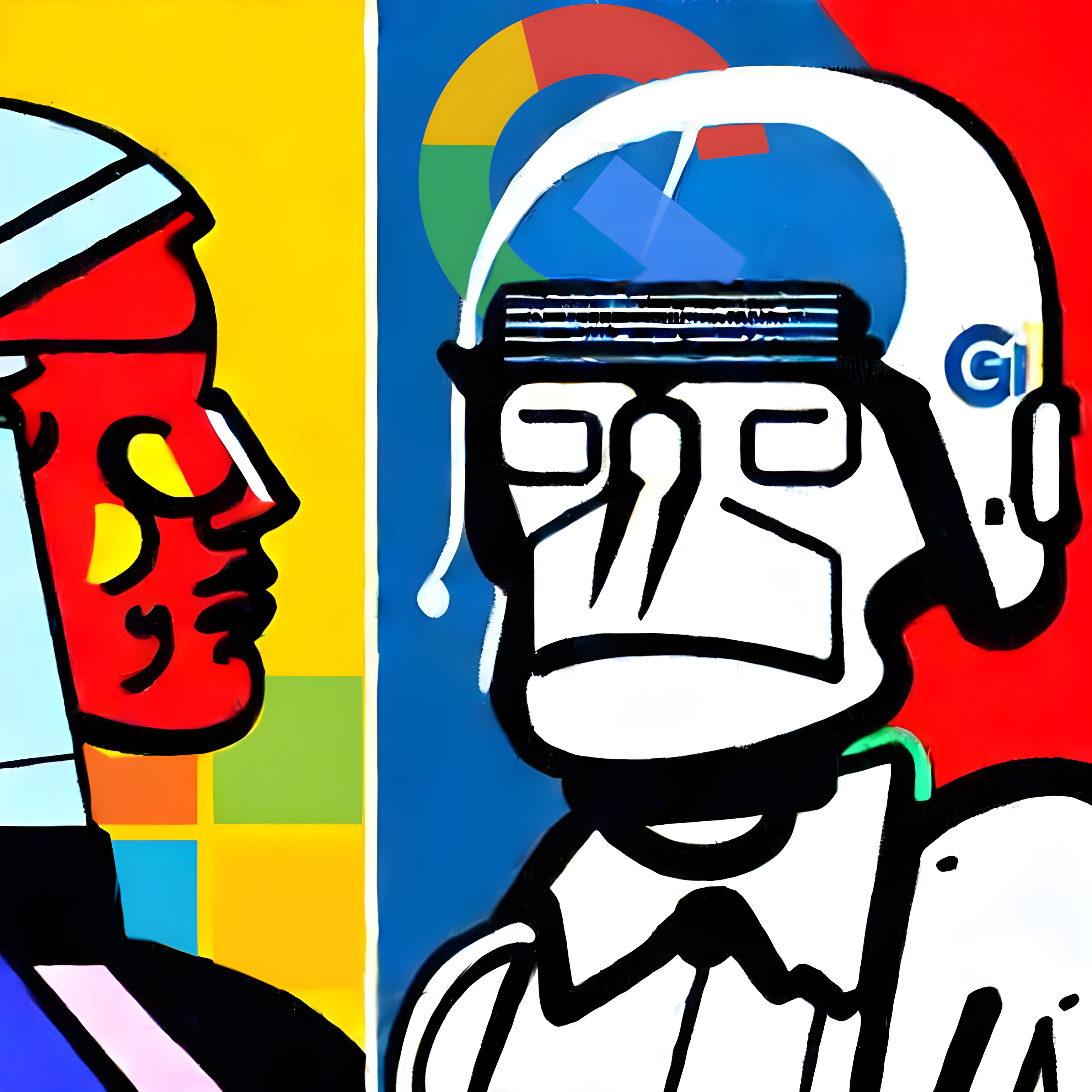
Google announces the Search Generative Experience (SGE), an experiment in Search Labs that uses generative AI to enhance search results, aiming to help users understand topics faster and uncover new insights. SGE assists in shopping by providing snapshots of noteworthy factors, suitable products, descriptions, reviews, ratings, and more. Built on Google’s Shopping Graph, with 35 billion product listings, 1.8 billion listings are refreshed hourly for fresh, reliable results. Google takes a responsible approach, addressing known limitations of generative AI and LLMs in Search, training models to uphold quality and applying additional guardrails. SGE experiment is available in Search Labs on Chrome desktop and Google App (Android and iOS) in the US, with English-only at launch and access to SGE in the coming weeks.
Google vs. Microsoft: The AI War Intensifies
Google’s Search Generative Experience (SGE) can be seen as a response to Microsoft’s recent advancements in AI search, specifically the integration of OpenAI’s ChatGPT with Bing. With an estimated $286 billion at stake in online advertising this year, Google aims to retain its position as the search leader by integrating generative AI into its core products, including Gmail and Google Photos. Alphabet CEO Sundar Pichai remarks, “We are reimagining all of our core products, including search.”

Microsoft has successfully integrated OpenAI’s GPT language model into its Teams Premium platform, generating excitement among users and putting pressure on Google to compete. As big tech companies like Amazon, Meta, and Apple race for dominance in AI, investing heavily in their own models for applications such as voice assistants, email predictions, and translations, it remains crucial for Google to stay ahead of the curve.
Accuracy and Trustworthiness: Google’s Priorities in AI-generated Information
In contrast to Microsoft’s rapid advancements, Google has taken a more cautious approach in the development of its AI chatbot for Search, prioritizing accuracy and trustworthiness. Google VP Cathy Edwards asserts that “AI can provide insight… but what fundamentally people want is to be connected to information from real people and organizations”. Google cites trusted sources for AI-generated information and is committed to marking images generated by AI to make it easier for users to verify picture authenticity.
Google is also actively working on reducing the costs associated with “large language models”. While ads remain a crucial revenue source for the company, Google only gets paid when there’s a click, according to Edwards. The positive reception from investors following the announcement of Google’s AI advancements demonstrates the company’s ability to disrupt itself and adapt to the evolving landscape of AI and search.
Other AI Solutions: Bard and PaLM 2
Google is developing other AI solutions too, such as the recently announced chatbot Bard, which is multimodal like OpenAI’s GPT-4 and accessible in over 180 countries. Bard can accept image prompts as well as text, allowing it to write captions for images. The company announced that it is working on the second version of the AI model powering Bard, PaLM 2. A lightweight version of PaLM 2 is compatible with smartphones, as announced by Sundar Pichai.

